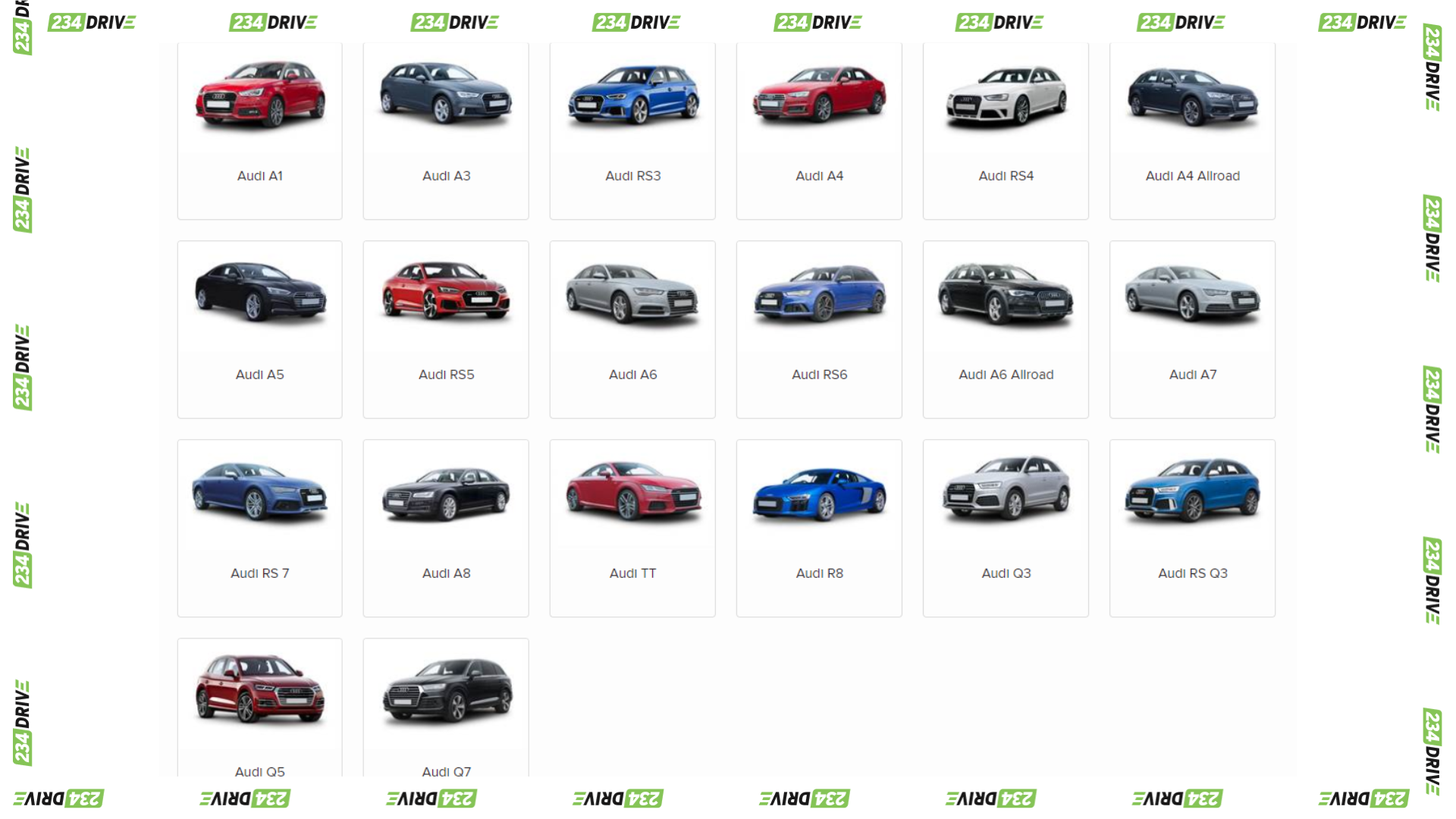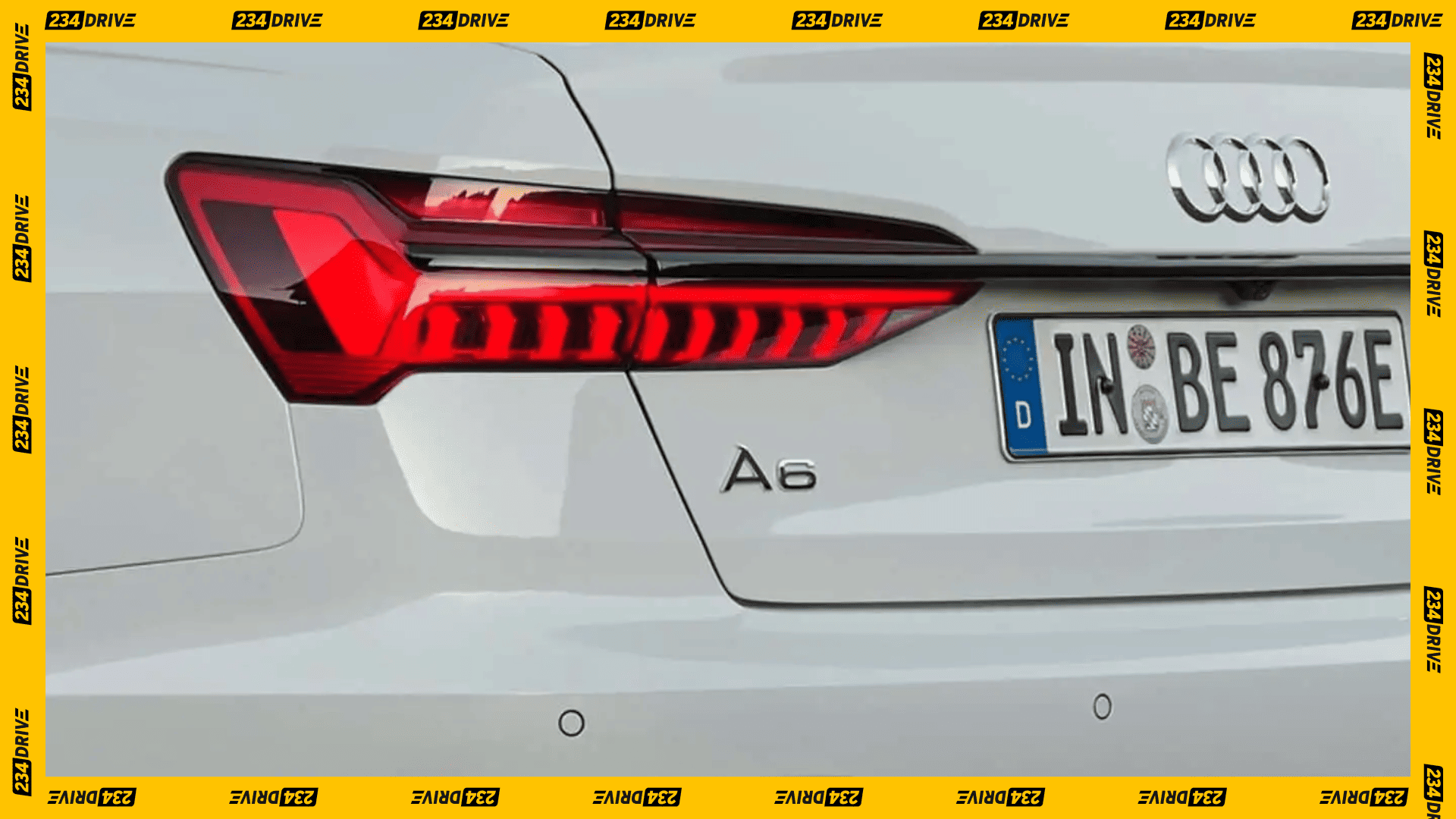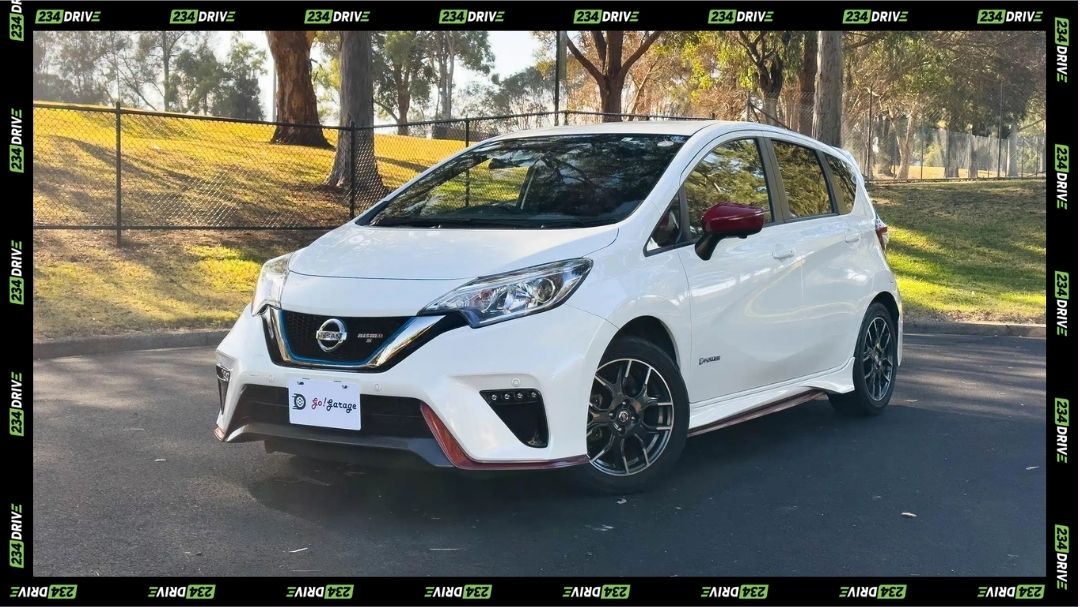Some two years ago, Audi announced plans for a new naming scheme to better differentiate their internal combustion engine (ICE)-powered vehicles from their electric vehicles (EVs). The new naming scheme was meant to be simple, with their EVs having even numbers, while the ICE-powered models were set to use odd numbers. Simple and straightforward right? But Audi is going back on that naming strategy because their customers found it confusing. Some Audi car dealers also sent feedback that the new naming scheme was a tad bit confusing. As a result, Audi decided to drop this idea altogether.
According to Marco Schubert, Member of the Board of Management for Sales and Marketing at AUDI AG, ‘This decision is the result of intensive discussions and also follows the wishes of our customers as well as feedback from our international dealers.’ Schubert also added, ‘Our updated naming approach ensures a more intuitive understanding of our lineup, making it easier for customers worldwide to navigate our portfolio at a glance.’
A Brief Understanding of the Audi Car Name Portfolio
Except you are really into cars, Audis especially, you may already be confused by all of this jargon. So, I will give a quick breakdown. Noteworthy, Audi makes use of an alphanumeric naming style. With that said, there are for major divisions; ‘A’ and ‘S’ for sedans, ‘RS’ for sport sedans and ‘Q’ for SUV’s.

The A, S, RS and Q divisions then have numeric suffixes attached, giving rise to models like the A3, S4, RS6, Q7 and so on. Each of those four alphabets has numbers attached ranging from 3-7. The higher the number attached, the higher the performance rating and bigger the car is. Essentially, an Audi S6 is bigger in size and has better performance than an Audi S4 and it goes on like that. I hope that was clear enough. If you did get my explanation, you would understand why the initial naming scheme of odd-numbered ICE-powered cars and even-numbered EVs made perfect sense. But in this case, the ‘customer is always right’ motto prevails. So, if the customers say that they are confused, Audi has to do something about it.
New Naming Strategy for Audi
Essentially, the new naming strategy is not so ‘new’. It basically reverted to the previous naming system which I already explained, but with some tweaks to it. For example, the next-generation A6 was supposed to become the A7 (you should understand why). But with Audi going back on that naming strategy, the upcoming A7 will retain its A6 tag. However, the TFSI suffix will be added for gasoline models and TDI for diesel models. As for electric models, an e-tron suffix will be attached, making it the A6 e-tron. This is a lot of information to take in, but I do hope you catch my drift.

As for the new generation Audi A5, which had already replaced the original A4 tag, it will retain its A5 tag. This is understandable, as renaming it the A4 would just cause another set of confusion. More so, the new A5 is slightly bigger than the old A4, and that falls in the brand’s naming scheme.
Overall, I think Audi’s recently ditched new naming scheme would have been good. That way, not every electric vehicle in their lineup would need the ‘e-tron’ suffix. Instead 2, 4, 6, and 8 numbers would represent EVs. ICE-powered cars on the other hand would be represented by 1, 3, 5, 7 and so on. To me, that was a witty way of naming their cars, but not all would agree. So, what is your take on the whole naming situation with Audi?









